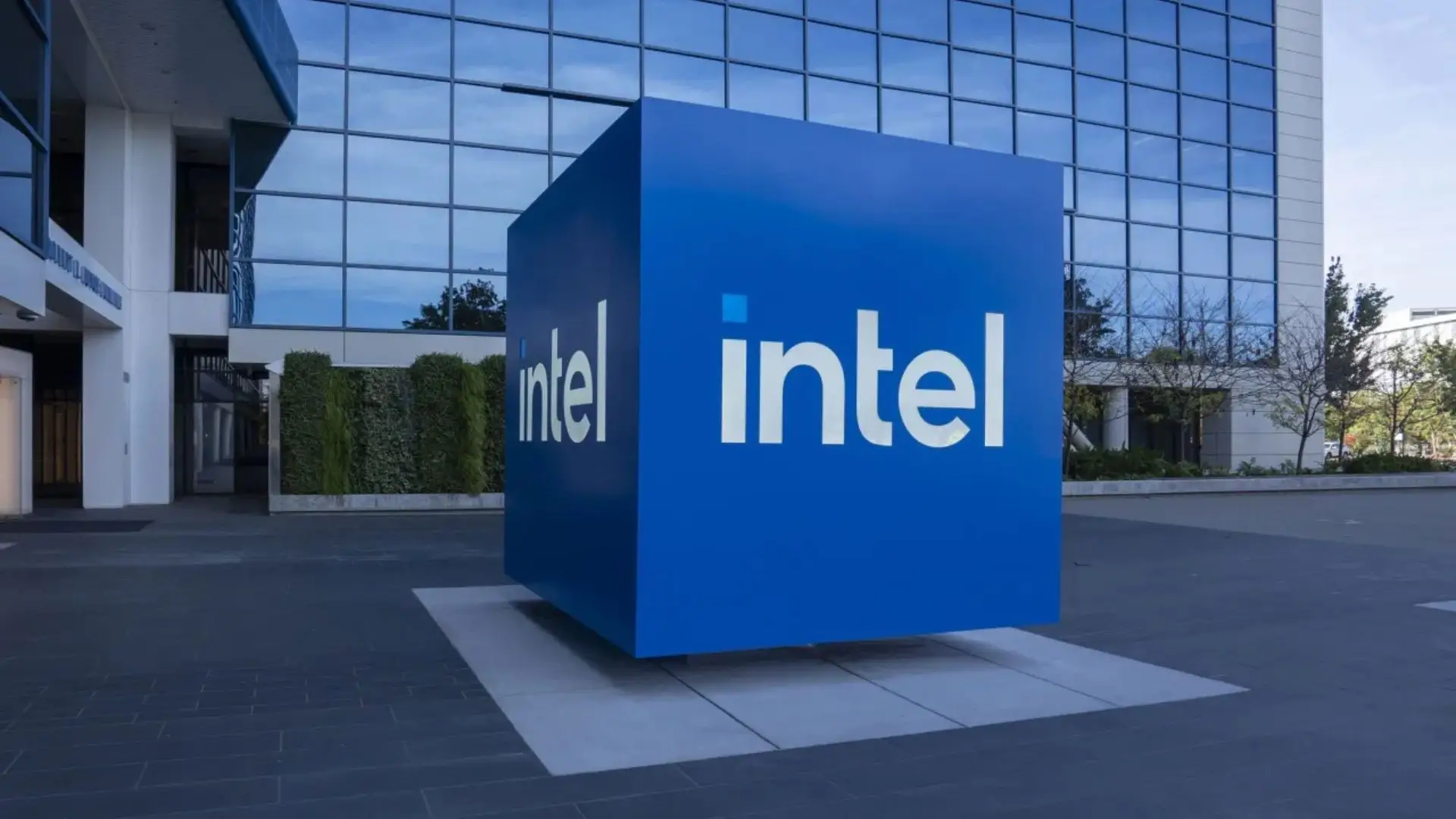
Intel confirmed on Wednesday that Ronak Singhal, its senior fellow and chief architect for Xeon server processors, will depart by the end of September, marking the second high-profile exit from its Data Center Group leadership in just eight months. Singhal’s exit follows Sailesh Kottapalli’s January departure to Qualcomm after nearly 29 years at Intel, underscoring ongoing turbulence as new CEO Lip-Bu Tan pursues aggressive restructuring aimed at streamlining decision-making and revitalizing innovation (Reuters).
These leadership changes come as Intel faces mounting competitive pressures in the server market. ARM-based processors now command 25% of global server shipments, while AMD has captured approximately 41% of server CPU revenue—erosions of Intel’s long-standing dominance that Tan hopes to reverse through a leaner organizational structure and accelerated product roadmaps.
Executive Shakeup Reflects Strategic Pivot
Singhal’s departure was announced alongside a broader overhaul in which Michelle Johnston Holthaus stepped down as CEO of Intel Products, and Arm veteran Kevork Kechichian was appointed to lead the Data Center Group. Jim Johnson was named head of the Client Computing Group, reflecting Tan’s effort to flatten management layers and centralize oversight under his direct purview. Industry observers view these moves as critical to reducing “organizational complexity and bureaucratic processes” that have hindered Intel’s agility (TechCrunch).
Insiders note that Singhal had assumed the chief architect role only eight months earlier, intensifying concerns about leadership continuity for Intel’s flagship server roadmap. A monitoring of senior executive tenure suggests the Data Center Group has yet to stabilize under Tan’s tenure, raising questions about succession planning and talent retention.
Market Pressures Drive Organizational Restructuring
Intel’s restructuring coincides with a challenging competitive landscape. While its Granite Rapids Xeon 6900 series narrowed performance gaps with rivals in core count, memory bandwidth, and PCIe connectivity, the company must now deliver its next-generation Clearwater Forest processors, built on the advanced 18A process, to reclaim market share in 2026. AMD’s continued share gains—nearly 41% of server revenues—and the growth of ARM-based solutions highlight the urgency for Intel to execute flawlessly on both product innovation and organizational efficiency (Data Center Frontier).
Analysts caution that sustained leadership churn can hinder product development timelines and strategic clarity, potentially giving AMD and Arm partners further openings. Intel’s next steps will be closely watched as it works to appoint a new Xeon chief architect and demonstrate that its leaner structure can deliver the performance and process advancements necessary to compete effectively.












